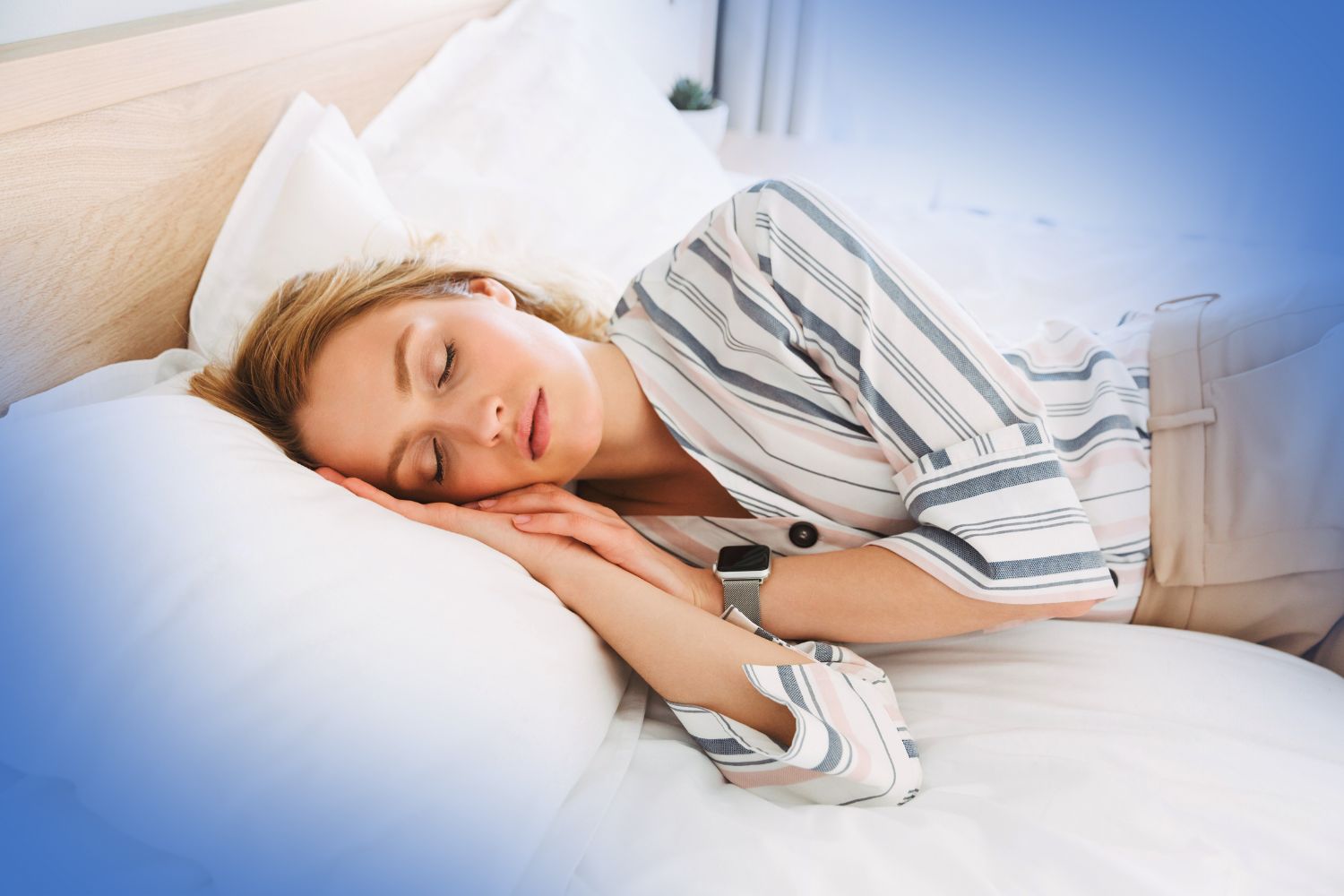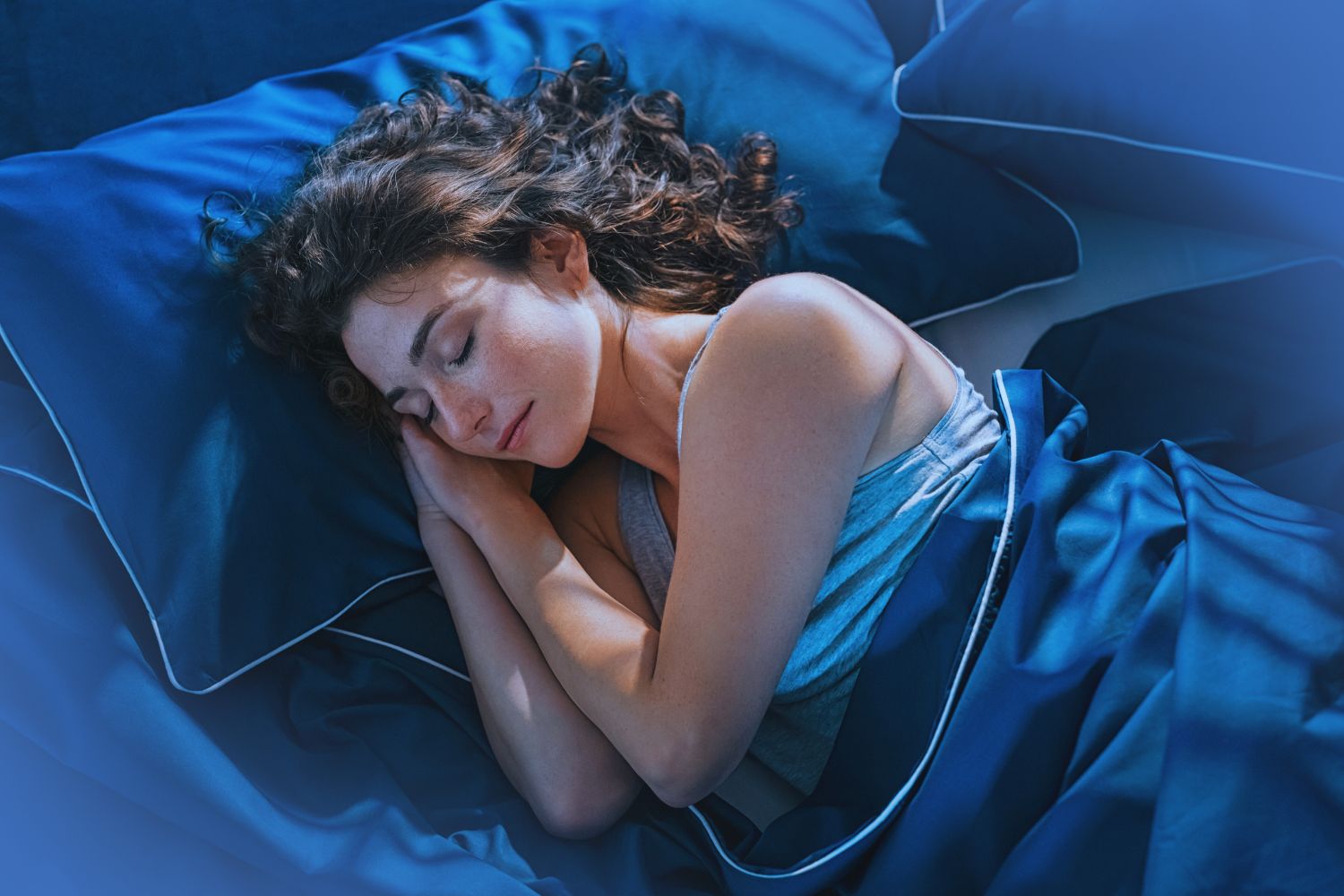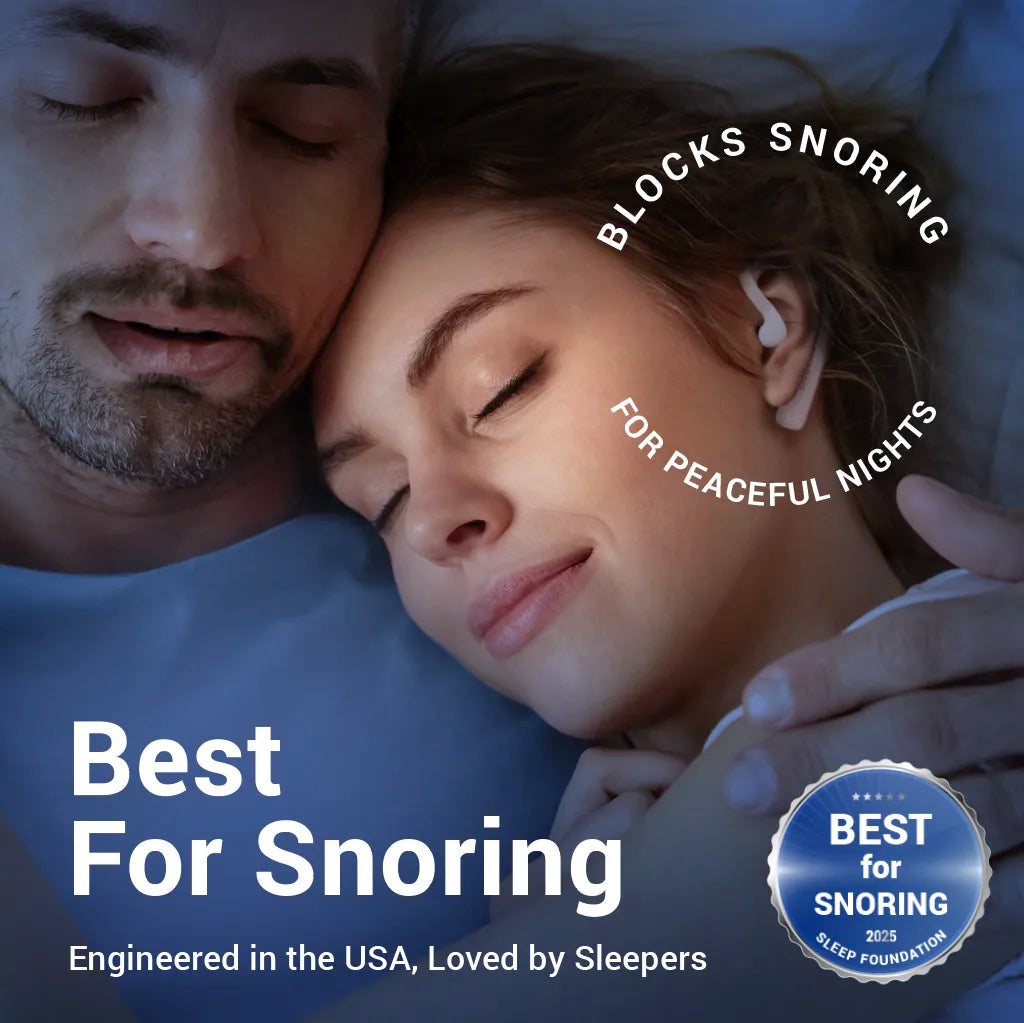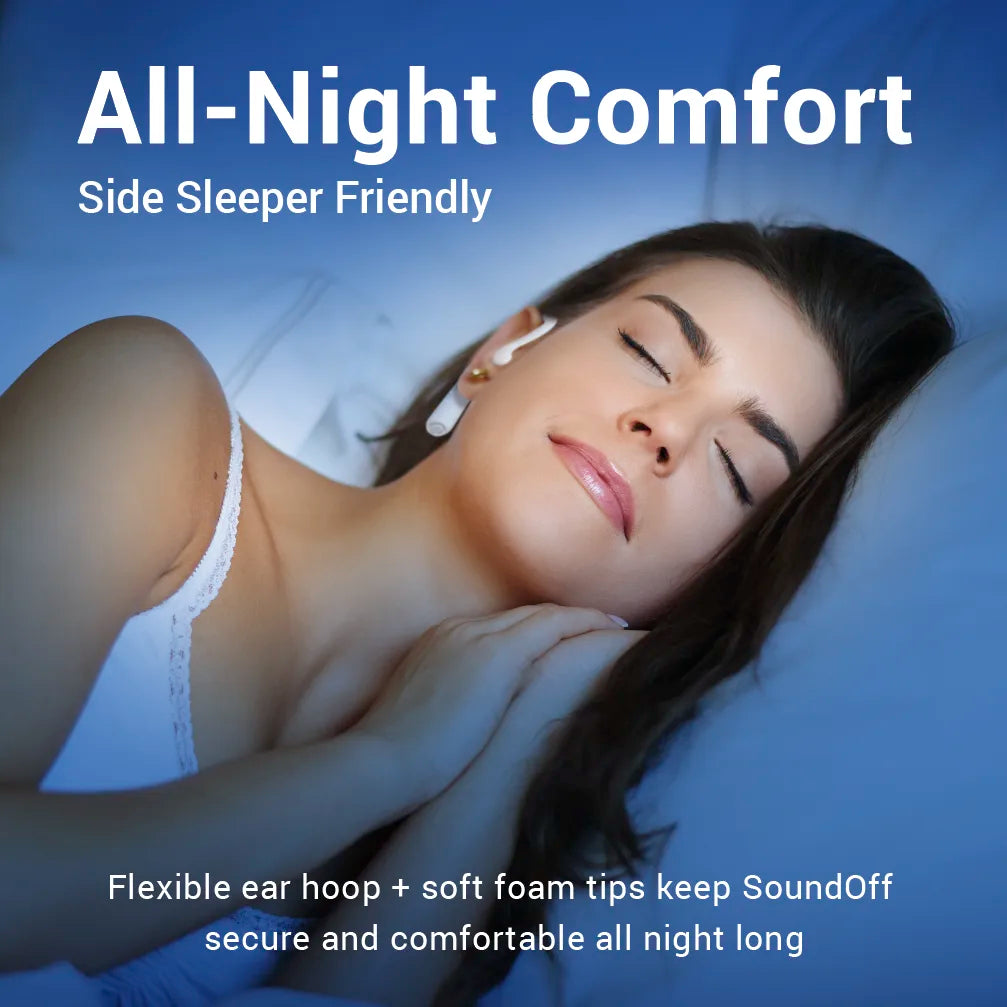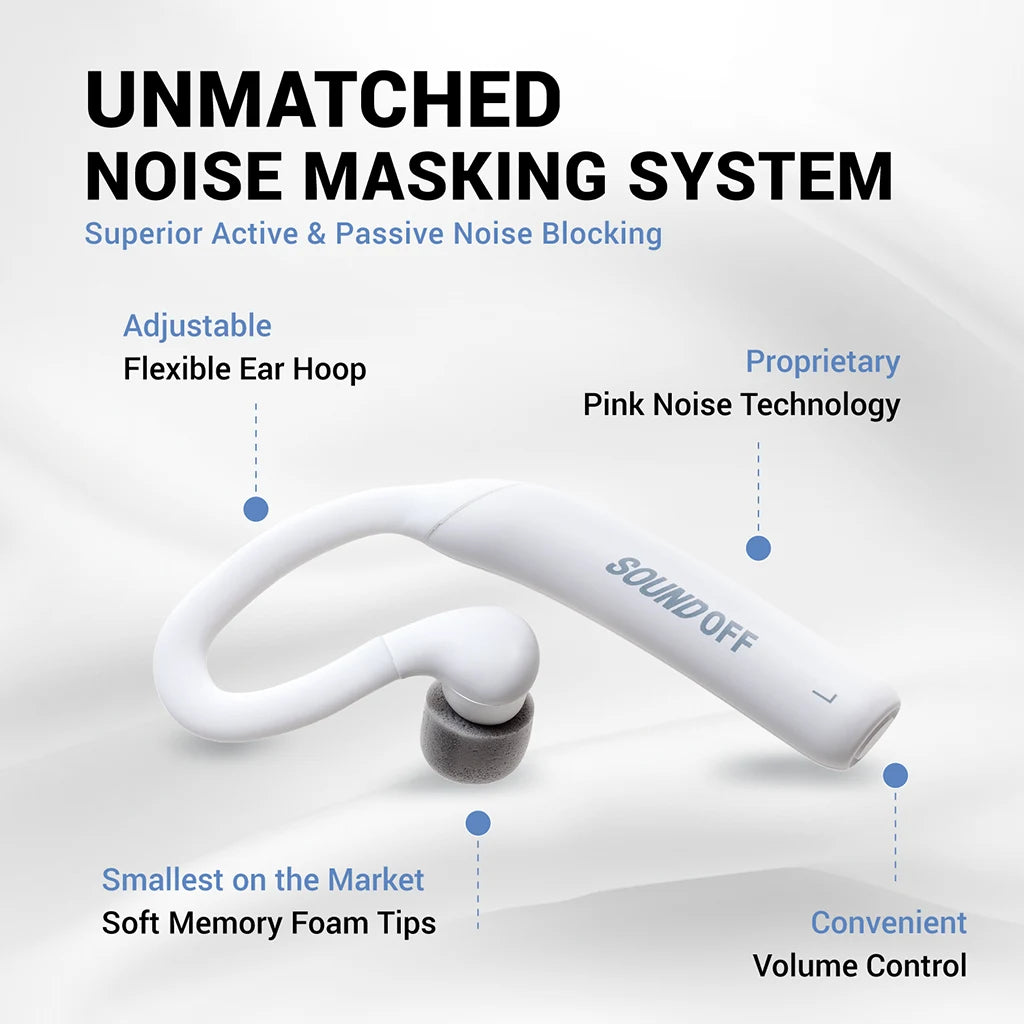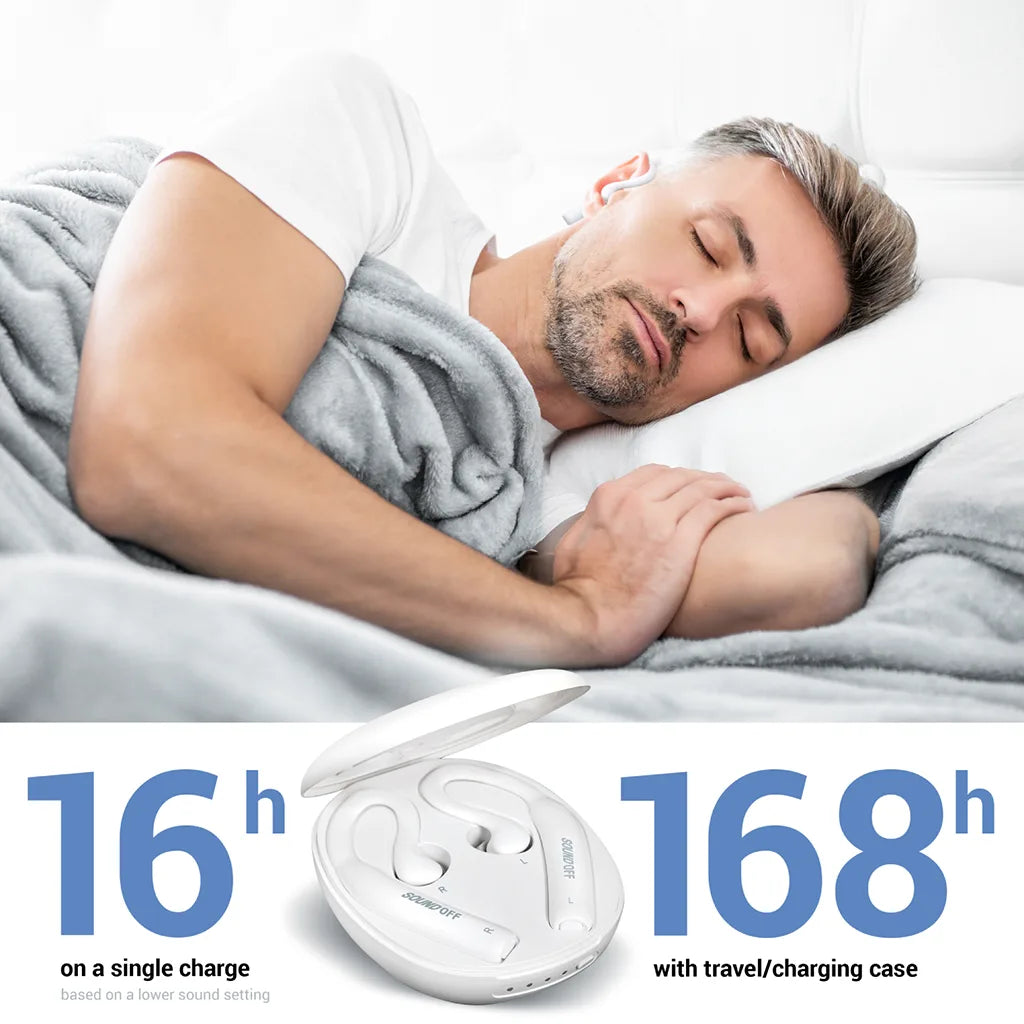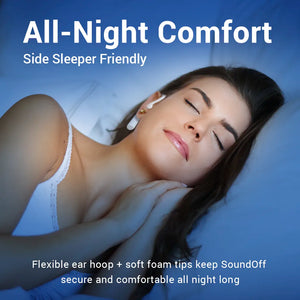
Introduction:
Humans are all different in some way. We have different body types, different personalities, different likes and dislikes, different values and different problems. We also have different sleeping patterns that may contribute to our other differences. These sleeping patterns are called sleep chronotypes and have been studied by scientists for many years. The resulting research has led to the categorizing of chronotypes and some interesting analysis of their effects on our personalities and behaviors.
Michael Breus, Ph.D., is a clinical psychologist and sleep expert. In his book The Power of When, he describes different chronotypes and makes some animal analogies (which have also been made by other researchers) to help us understand the different behavior characteristics associated with chronotypes.
Sleeping Patterns and Their Characteristics
The Early Riser: Lark (aka lion)
People who can’t wait to get up early in the morning and take on the world (some people say they “throw salt in the ocean”) are probably in the group called larks (or lions). They are achievers and leaders and generally live happy, event-filled lives.
Larks are clear thinkers, like to do business over breakfast, and enjoy mornings for strategic thinking, creative expression, or project execution. Their mental and physical health are generally better than those who sleep longer in the morning and get up later – those who prefer to prowl the night (and are referred to as night owls).
One interesting difference between larks and night owls is that science suggests that the brains of larks are more efficient in transmitting nerve signals than those of owls. Larks would appear to be more sensitive and responsive to those around them.
Larks also appear to be happier than owls, and this may be so because their biological clocks are more representative of what society expects for “normal waking and sleeping hours.” Studies show that as we get older, we tend to shift toward morningness, maybe as a natural quest for more happiness.
The Late Riser: Night Owl (aka wolf)
Late sleepers prefer to make the most of their evenings. Called night owls (or wolves), they are most alive in the bewitching hours. They eat breakfast later and become more active as the day wears on, preferring to do their heaviest work in the afternoons or evenings. They are flexible with meals, go to bed later than larks, and get caught up with any missing sleep on weekends.
Night owls tend to be more creative. Their melatonin is higher in the mornings and so they like to make business presentations later in the afternoon. There is another chemical reaction that affects the behavior of night owls: serotonin.
One problem for late risers is the limited exposure to daylight. A person who rises at 11 a.m. or later will be exposed to less daylight than early risers. Daylight has a positive effect on the body, directing the pineal gland to produce more serotonin. This is a hormone and neurotransmitter that helps regulate a person’s mood.
A lack of serotonin has been linked to various negative consequences including anxiety and depression – which can lead to even further mental and emotional disorders. Health specialists recommend rising early to balance melatonin and serotonin chemicals and their cycles. It is a more natural pattern for the human body to follow.
Night Owl Problems
Scientists and sleep experts have determined that night owls often exhibit negative personality traits like insensitivity, aggressiveness, instability, or the need for extra attention or special treatment. They are more prone to depression and illness and have immunity dysfunctions.
Personality disorders could include the desire to manipulate others or being callous toward others. Social relationships can suffer.
The tendency to get up later in the morning has been compared to a kind of “jet lag” where these people are always trying to catch up with early risers, and this goes against their own natural preferences and drives.
Night owls also drink more alcohol or use other depressants which can affect their ability to sleep. This can make them more tired during the day. Sleep deprivation is more common with night owls, and the consequences can be extremely harmful to health.
Night owls may have more problems with achievement. Studies have shown that early risers are more alert, are on time, and are better able to receive and absorb information. Students who rise early do better in school. Night owls may miss early classes or not be at their best for morning exams or assignments. Achievement applies in the workforce as well where early risers are more likely to contribute fresh ideas and get promoted to management positions.
Some scientists have been asking a “chicken or egg” question regarding night owls and depression. Is it the delayed sleep pattern that causes sleep deprivation and resulting anxiety and depression – or is it the depression that is changing the body clock and circadian rhythms? What is known for sure is that they are related.
Bears and Dolphins
Sleep scientists and analysts have come up with many analogies for sleeping patterns and are not limited to larks and owls, although these seem to be the more popular ones. But here are a few more:
People who have a high sleep drive and need seven to eight hours of sleep every night have been called bears. They are well rested and wake up easily and regularly. This label could apply to a vast number of humans in the world.
Bears typically are similar to owls in that they wake up with a lot of energy and do a lot of work in the morning. They have a normal dip in the early afternoon and recover later.
Dolphins have a low sleep drive and, perhaps similarly to some night owls, suffer from insomnia. They are slower to wake up and do better work or study in the afternoons or evenings.
Polyphasic Sleep Cycles
Sleeping once a night for 7-8 hours is an example of monophasic sleeping – using just one sleep cycle. This is the most common type. But if naps are taken during the day, the cycles are called polyphasic. Sometimes people alternate waking times with several naps interspersed. And there are even more variations.
These instances have been categorized with other names like Dual Core, Uberman and Dymaxion. They differ in the number and duration of sleep cycles. The analysis of these cycles leads to a belief that it is possible to manage our sleeping patterns to get more healthy sleep in less time than the traditional 7-8 hours. But it takes a lot of practice and time to get our bodies to change our internal clocks to take advantage of these changes.
Genetic and Environmental Factors of Sleeping Patterns
We are all born with circadian rhythms that affect our waking and sleep cycles. They are natural and affect us in more or less similar ways. But since they are very much related to sunshine and natural light, there are some things we can do to modify these cycles.
An interesting discovery in one study was that the differences between early risers (larks) and late risers (owls) disappeared when they were exposed to only outside natural light. The environment competed with – or at least complemented – genetics as a sleep cycle influence.
People in this study went to sleep earlier than they were used to, and their body clocks adjusted naturally over the week they were being studied.
This shows that we can control our body clocks to some extent to improve our body processes (like hormone development) and our overall health.
If needed, we can get up earlier in the morning to get more sunlight. And at night we can alter the use of electronics or other habits that interfere with circadian rhythms and delay our sleep.
Our sleeping patterns are first established at birth. But we do not have to be defined by them. There is much we can do to alter them so we can get the sleep we need to lead healthy, happy and productive lives.


